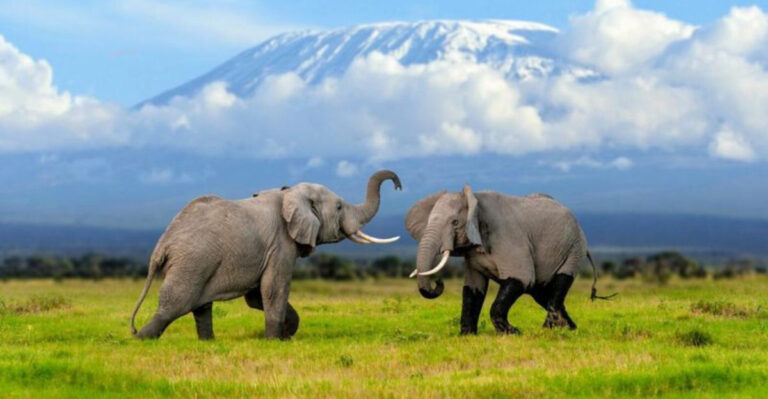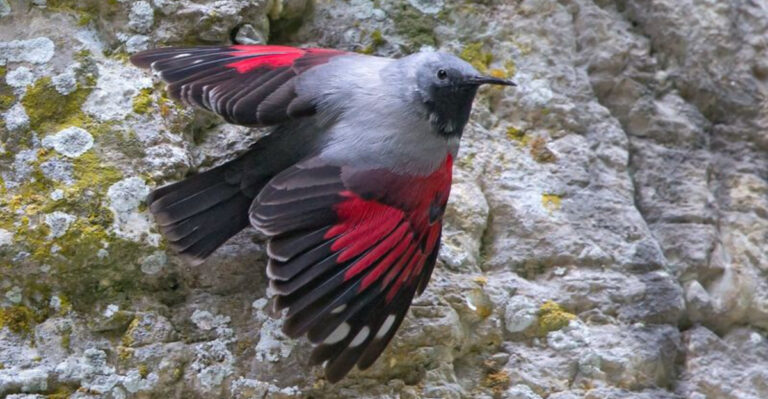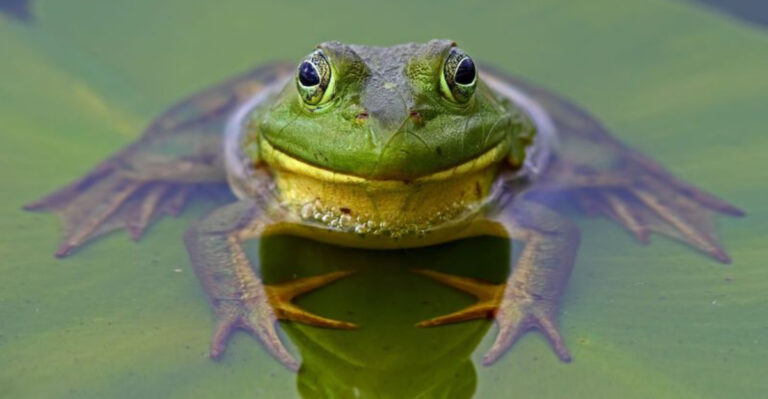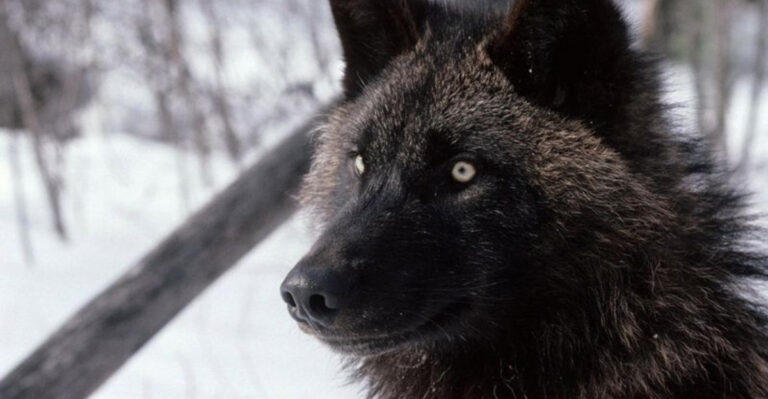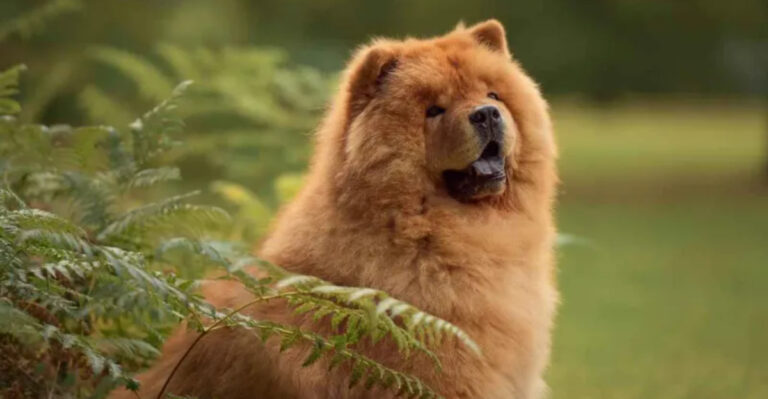Fish From 15 Million Years Ago Found Fossilized With Its Last Meal Preserved In The Stomach
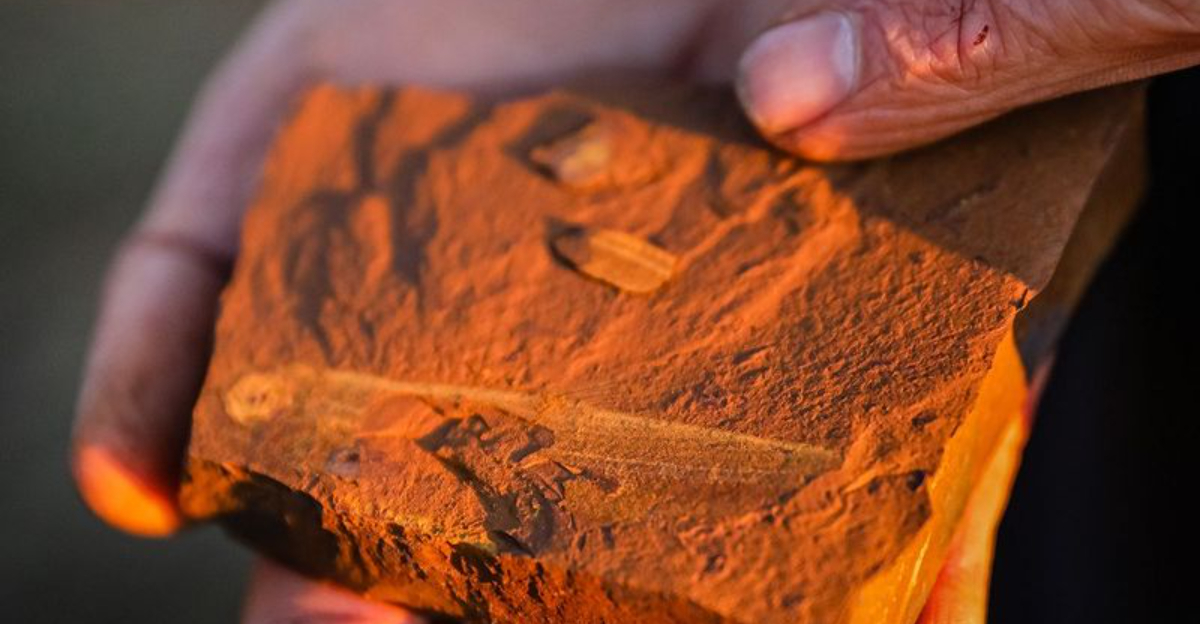
Scientists have made a jaw-dropping discovery in Australia – a perfectly preserved fossil of Ferruaspis brocksi, a fish that swam in ancient waters 15 million years ago.
What makes this find extraordinary is the intact stomach contents, giving us a rare glimpse into prehistoric marine dining habits.
This remarkable time capsule lets us peek directly into an ancient food chain, showing exactly what this creature ate for its final meal before becoming frozen in time.
Unexpected Discovery In Australian Limestone
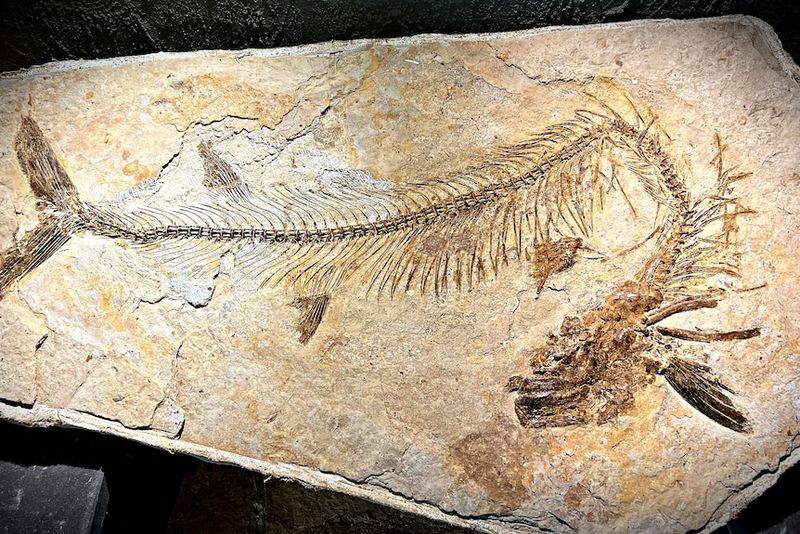
The fossil was unearthed during a routine geological survey in limestone deposits near the coast of Western Australia. Nobody expected to find such a well-preserved specimen hiding in these ancient rock formations!
The research team initially thought they’d found just another fish fossil, but careful examination revealed the extraordinary stomach contents. The limestone environment created perfect conditions for preservation, essentially freezing the fish in time shortly after its last meal.
This rare discovery joins only a handful of fossils worldwide with preserved stomach contents from this era.
Meet Ferruaspis Brocksi
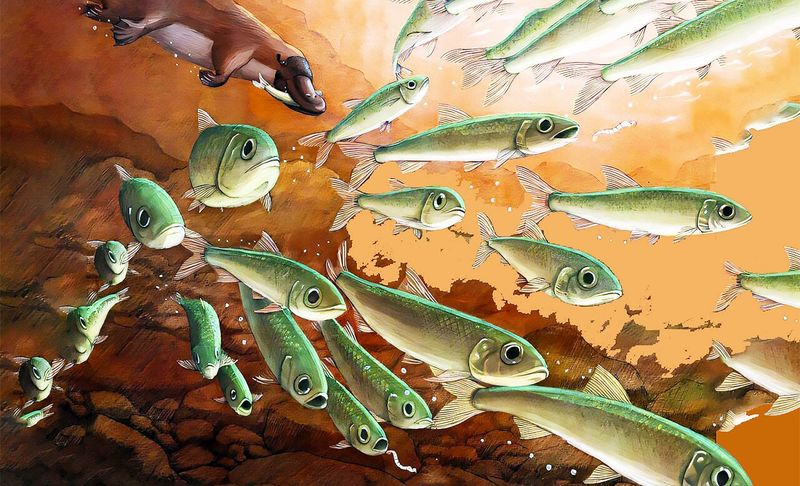
Ferruaspis brocksi belonged to an extinct family of armored fish that dominated oceans during the Miocene epoch. Growing up to 12 inches long, this predator had distinctive plate-like scales and powerful jaws designed for crushing.
The specimen’s name combines ‘ferru’ (iron) and ‘aspis’ (shield), referring to its hard, protective exterior. Scientists believe these fish were mid-level predators in their ecosystem, feeding primarily on smaller marine creatures.
What’s fascinating is how similar yet different this fish is from modern species – evolution’s experimental blueprint preserved in stone.
A Prehistoric Meal Frozen In Time
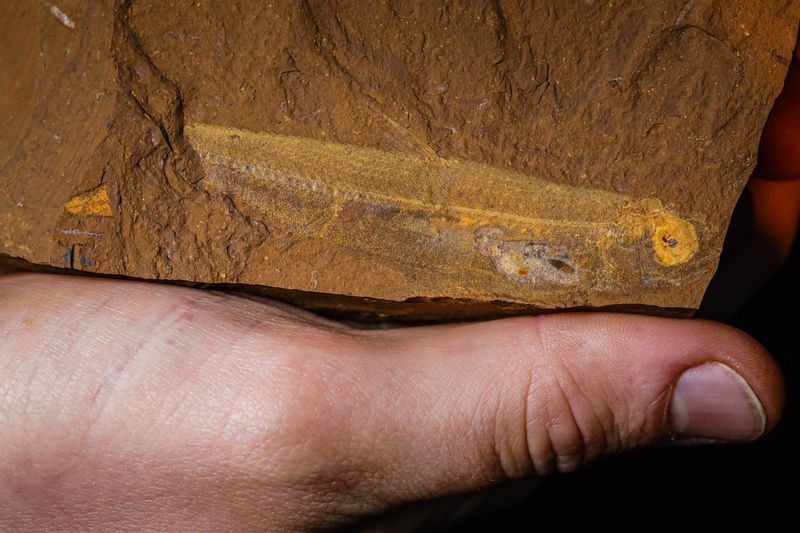
Fossils of Ferruaspis brocksi found in iron-rich sediment preserved fine details, including pigment cells showing a counter-shaded body with dark upper and light lower coloring.
Even more remarkably, the fish’s final meals – mostly phantom midge larvae, adult insects, and a shellfish – were still visible in their stomachs. One specimen also revealed a juvenile freshwater mussel attached to its tail, marking the oldest known example of this parasitic behavior in the fossil record.
Algae Clues Reveal Ancient Ocean Temperatures
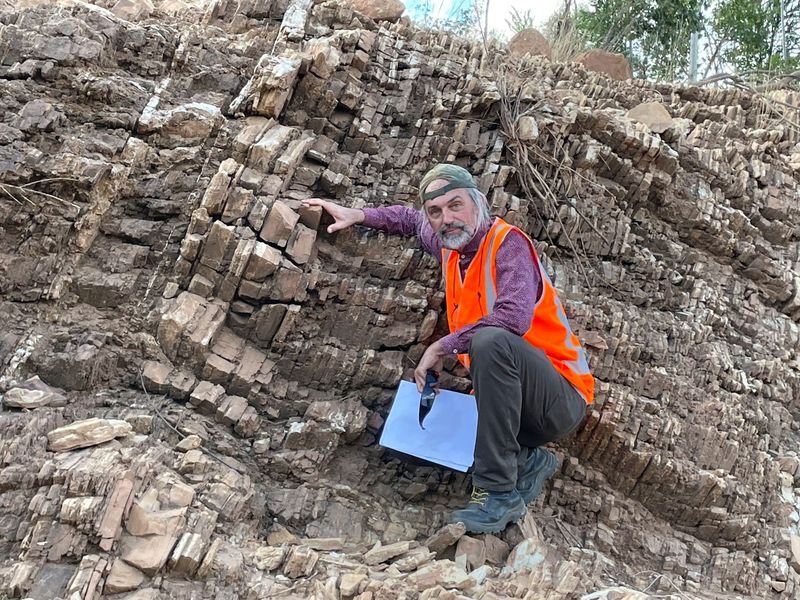
Among the stomach contents, researchers identified fossilized algae that only grow in specific temperature ranges. This microscopic evidence acts like a prehistoric thermometer, indicating the ocean was approximately 5°F warmer than today’s waters in the same region.
The particular species of algae discovered has modern relatives that thrive in tropical environments. Their presence suggests this area of Australia once had a much warmer climate.
By analyzing the chemical composition of these plant remains, scientists can reconstruct ancient weather patterns and track how Earth’s climate has changed over millions of years.
Groundbreaking Preservation Method Revealed
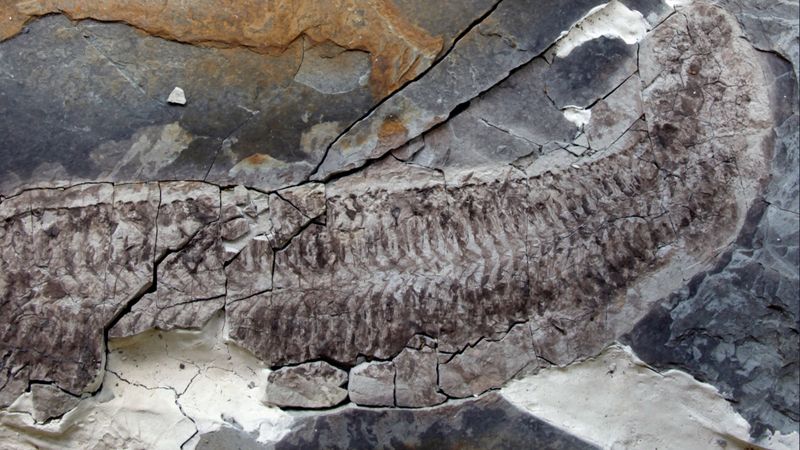
The exceptional preservation of both the fish and its stomach contents occurred through a process called phosphatization. Minerals rapidly replaced organic tissues before decomposition could begin, essentially creating stone replicas of the original structures.
This process was triggered by the fish being quickly buried in oxygen-poor sediment after death. Without oxygen, bacteria that normally cause decay couldn’t function effectively.
Scientists believe a sudden underwater landslide may have entombed the fish moments after its meal. This rapid burial created a natural time capsule, preserving details that would normally disappear within days of death.
Tiny Fish Bones Reveal Complex Food Chain
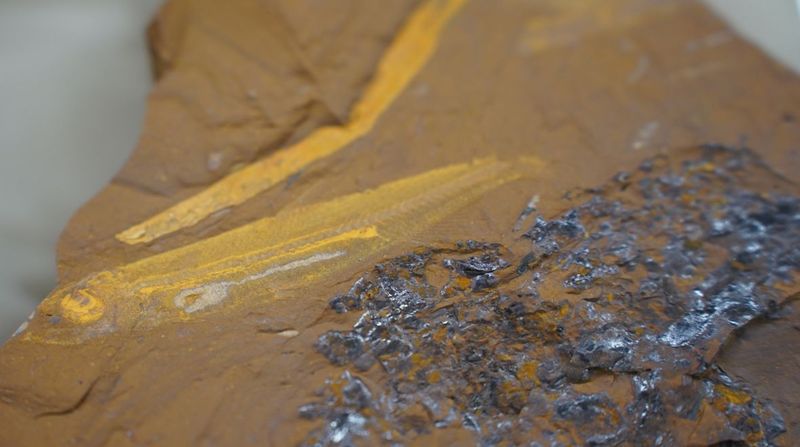
Nestled among the shrimp remains, researchers spotted tiny vertebrae and fin rays from juvenile fish. These mini-meals suggest Ferruaspis wasn’t picky about its dining options and opportunistically hunted whatever crossed its path.
The smaller fish species identified belonged to an extinct family related to modern anchovies. Their presence indicates a complex food web existed in these ancient waters, with multiple predator-prey relationships.
Most exciting for paleontologists was finding evidence of a previously unknown fish species in these stomach remains – scientific discovery hiding inside scientific discovery!
Revolutionary 3D Mapping Techniques Used
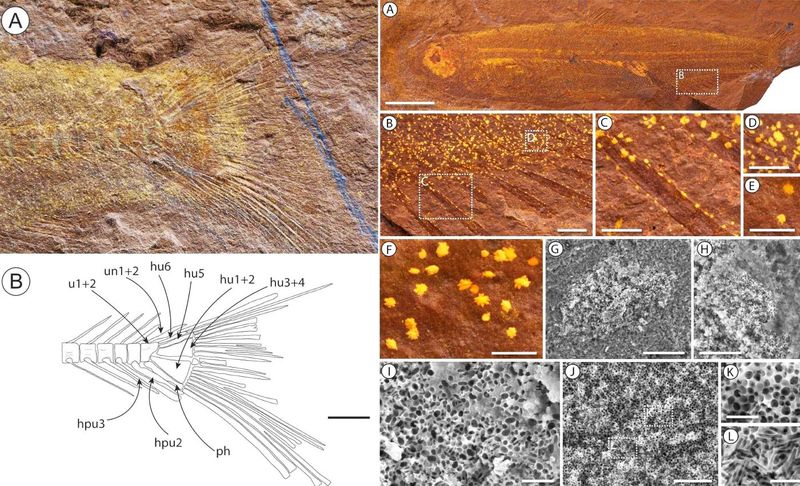
Examining the fossil required cutting-edge technology that didn’t exist even a decade ago. Scientists employed micro-CT scanning to create detailed 3D maps of the stomach contents without damaging the priceless specimen.
These scans, using X-rays thousands of times more powerful than medical equipment, revealed structures less than a millimeter in size. The resulting digital models allow researchers to virtually dissect the fish’s last meal from any angle.
This non-destructive approach represents a revolution in paleontology, allowing studies that would have been impossible before. The entire fossil and its contents are now digitally preserved for future generations of scientists.
Parasite Surprise
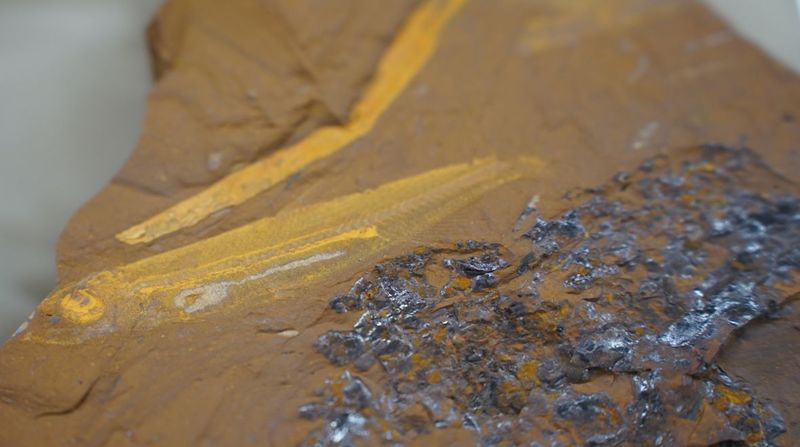
The most surprising discovery with Ferruaspis brocksi wasn’t what the fish ate, but what was feeding off it. Researchers found glochidia larvae, the parasitic larvae of freshwater mussels, attached to the fish’s stomach lining.
This provides the oldest known evidence of fish-parasite relationships. While not tapeworms, these ancient parasites highlight the long history of parasitism as a successful evolutionary strategy.
The preservation of both predator and parasite together offers a rare glimpse into ancient ecological dynamics.
Climate Insights From A Single Meal
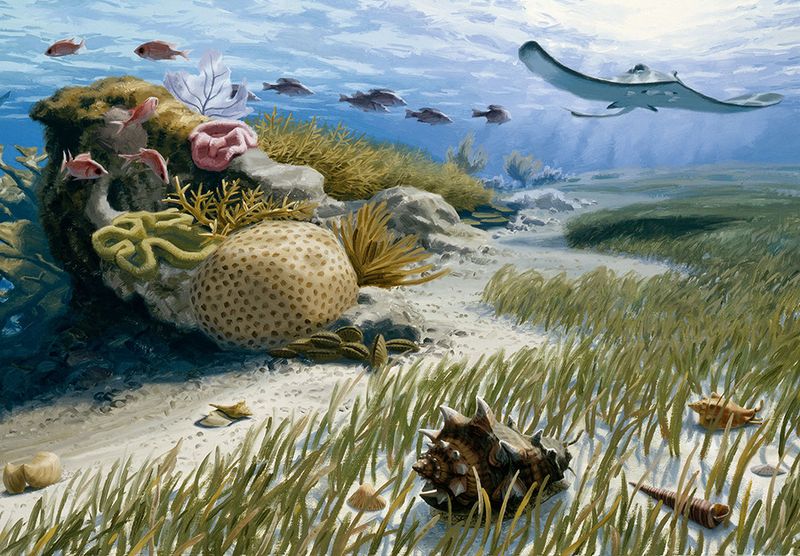
The variety of creatures found in this single stomach sample provides a snapshot of biodiversity during a crucial period of Earth’s climate history. The Miocene epoch was characterized by warming temperatures and changing ocean currents, similar to trends we see today.
By identifying which species thrived together in this ecosystem, scientists can reconstruct ancient environmental conditions with remarkable accuracy. The presence of certain temperature-sensitive organisms suggests this region experienced seasonal upwellings of nutrient-rich water.
This fossil essentially functions as a prehistoric environmental DNA sample, capturing an entire food web frozen in time.
What The Last Meal Tells Us About Extinction
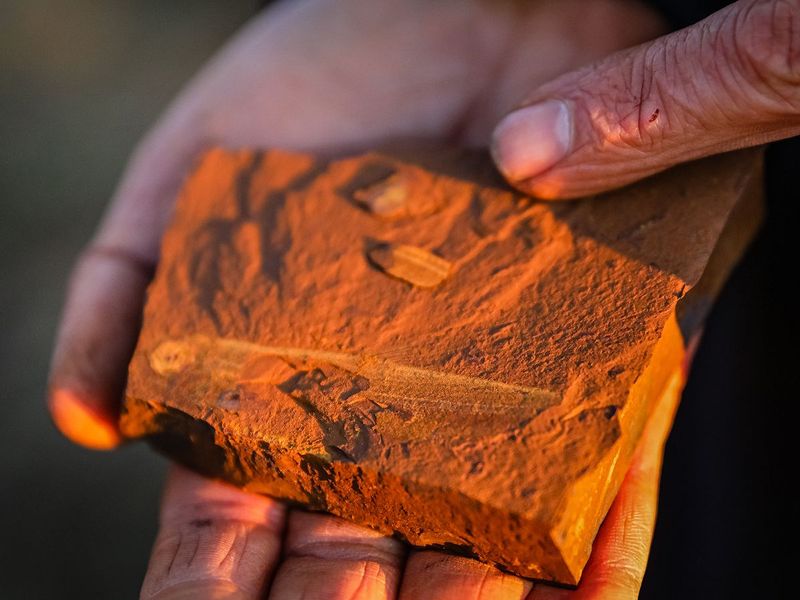
Ferruaspis brocksi disappeared from Earth’s oceans approximately 12 million years ago. The stomach contents provide vital clues about why this once-successful species vanished forever.
Analysis suggests these fish were dietary specialists, heavily dependent on specific prey types that may have declined as oceans warmed. Modern fish facing similar circumstances often struggle to adapt when preferred food sources become scarce.
This prehistoric cautionary tale resonates today as marine ecosystems face rapid changes. By understanding how ancient species responded to environmental shifts, we gain insights into how modern ocean dwellers might fare under changing conditions.

